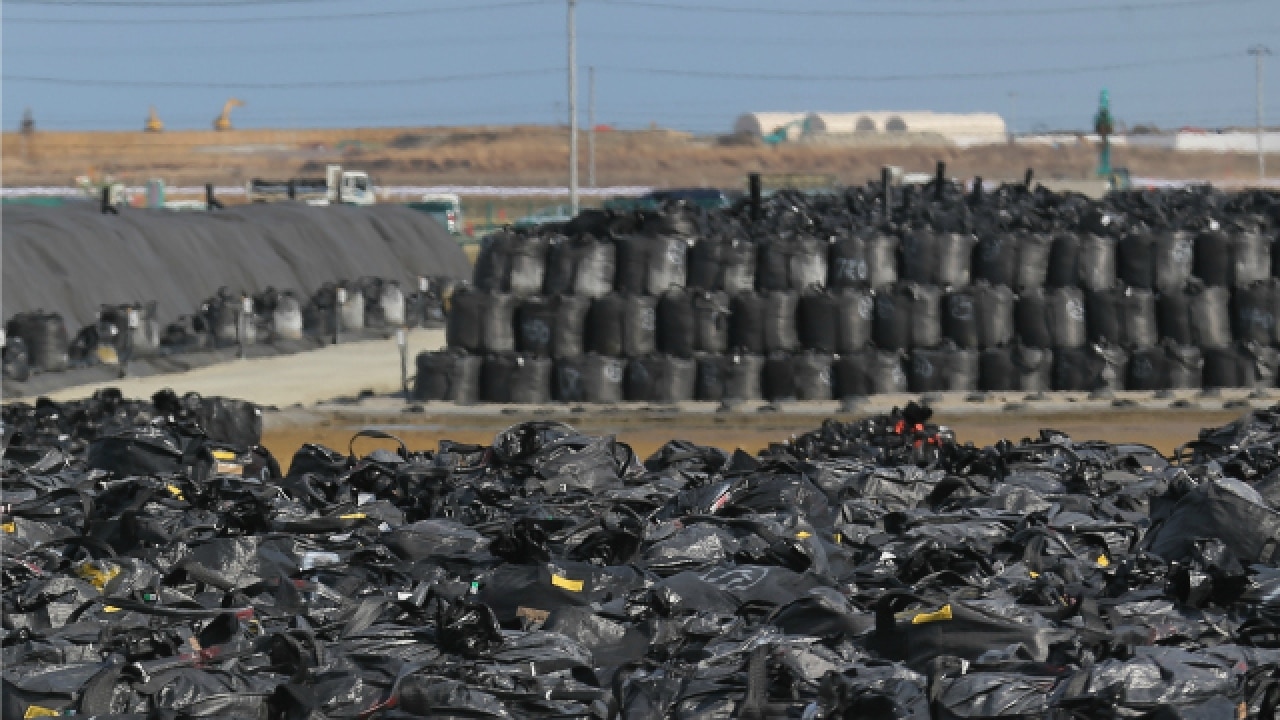

The remaining material spread over and deposited onto the land area of Japan, producing characteristic hot spot patterns (Yasunari et al. ( 2011) show that the negative anomaly of a 500-hPa height over the Okhotsk Sea area along 145° E made the westerly jet stronger than the climatological mean during mid-March consequently, 70 to 80% of the radioactive material from the FDNPS was driven to the Pacific Ocean and the rest of the globe (Takemura et al. The accident was caused by the Great East Japan Earthquake, which struck at 14:46 Japan Standard Time (JST Coordinated Universal Time, UTC+ 9 h) on 11 March 2011. The contributions of these error sources differ in the early and dissipating phases of each event, depending on the meteorological conditions.Ī wide area of northeastern Japan, the Tohoku and Kantou regions, was contaminated by the radioactive material emitted from the accident at the Fukushima Daiichi Nuclear Power Station (FDNPS) of the Tokyo Electric Power Company (TEPCO), as manifested by various environmental investigations (Nakajima et al. However, significant differences were found in some cases, and this suggests the need to improve the modeling of the emission scenario, plume height, wet deposition process, and plume propagation in the Abukuma Mountain region.

The model ensemble simulates the main features of the observed distribution of surface-level atmospheric 137Cs. The new method elucidates accurate transport routes and the distribution of the surface-level atmospheric 137Cs relevant to eight plume events that were previously identified. This method employs a combination of the results of two aerosol model ensembles and the hourly observed atmospheric 137Cs concentration at surface level during 14–23 March 2011 at 90 sites in the suspended particulate matter monitoring network. "The final decision lies with the consumer.In this study, a new method is proposed for the depiction of the atmospheric transportation of the 137Cs emitted from the Fukushima Daiichi Nuclear Power Station accident. "All we can do is keep explaining all of the measures we have to ensure the safety of our produce," said pear farmer Tomoichi Yoshioka. They worry about their tough customers - Japanese shoppers are famously picky about produce and pay close attention to freshness and place of origin. The quality of that water needs to be thoroughly understood before it's released," he said.įarmers say there isn't much they can do once the water is released. "The water has been in those tanks for a long time. There are additional concerns because the Fukushima water has been sitting around for years, said Toru Watanabe, a radioactivity researcher at the Fukushima Fisheries and Marine Science Research Center. "The first step is to listen to the voices of those impacted adversely by the water release," Matsumoto said. Tepco says it has so far paid out some 10.1 trillion yen ($89 billion) in damages from the crisis. Tepco will compensate for damages related to the water release, said Junichi Matsumoto, a company official overseeing decommissioning work.
#Radioactive caesium fukushima free#
The release of water that once passed through contaminated areas of the plant marks a milestone in decommissioning and will free up space for the clean-up. Some 1,000 tanks, each 12 metres (40 feet) tall, crowd the site and hold enough radioactive water to fill around 500 Olympic-sized swimming polls. The Daiichi plant is being decomissioned as part of a clean-up by operator Tokyo Electric Power Company Holdings (Tepco) (9501.T) expected to take decades. Fukushima produced 13,000 tonnes of pears in 2020, making it Japan's fourth-largest source of the popular fruit, official data showed.


 0 kommentar(er)
0 kommentar(er)
